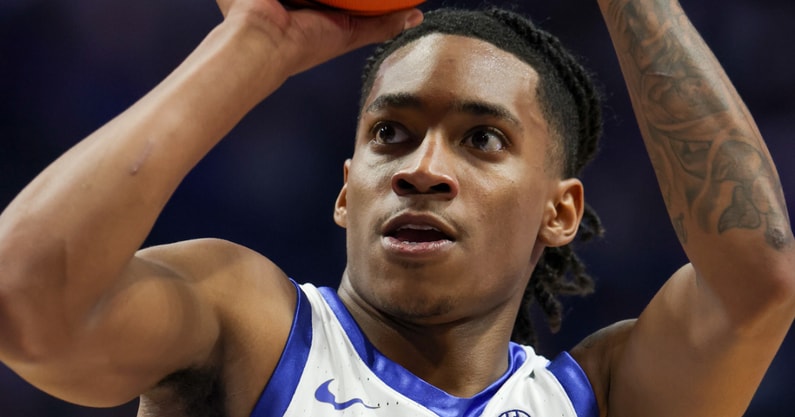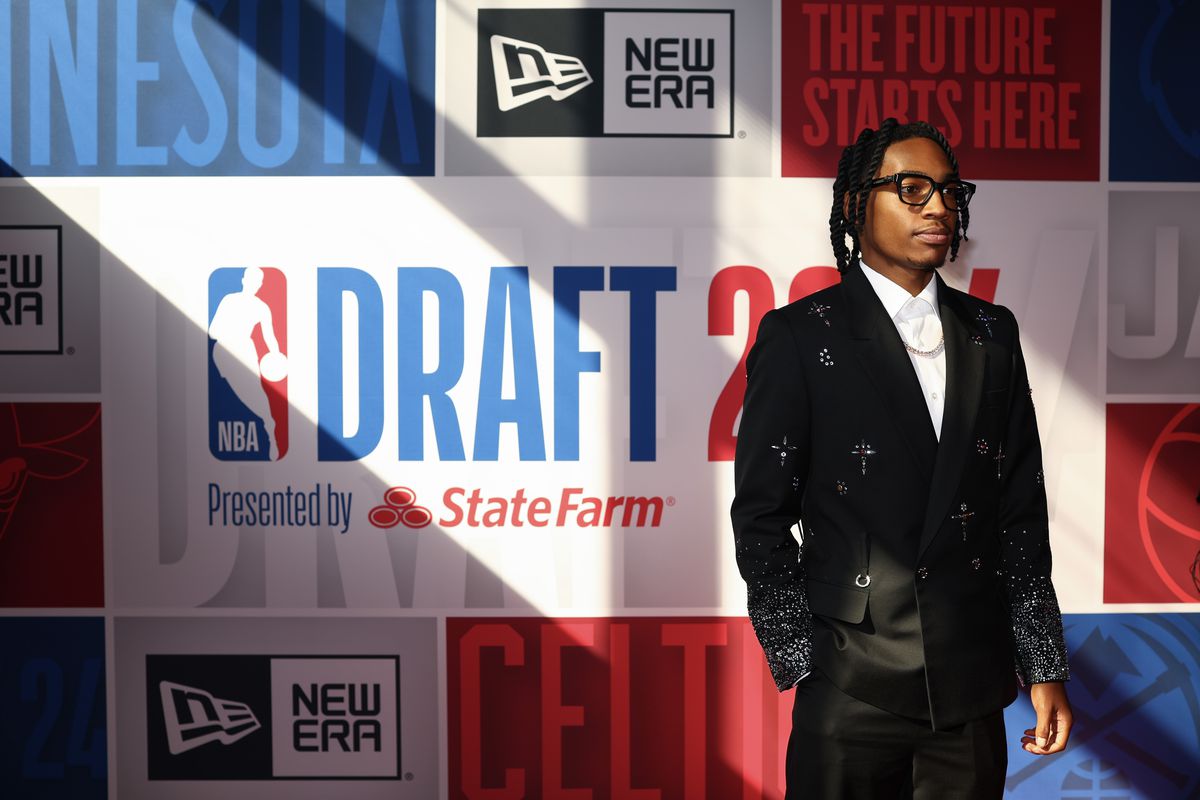So, I started hearing a lot about Rob Dillingham, especially around draft time. Kid’s got game, right? Naturally, my mind went to the business side of things, specifically his contract situation once he got drafted.

I decided to do a bit of digging myself, just out of curiosity. My first step was just searching around online, you know, trying to find the exact numbers. Turns out, it’s not like they just post the full contract details immediately for everyone to see, especially not for rookies right off the bat.
What I did find, though, was a lot about how these rookie contracts generally work in the NBA. It’s actually pretty structured, which I guess makes sense.
How I Understood It
Okay, so here’s the process I went through:
- Looked up the NBA Rookie Scale: First thing I learned is there’s a set scale based on where a player gets picked in the first round. This scale determines the salary range for the first few years.
- Figured out Dillingham’s Draft Spot: Knowing his draft position was key. That slot basically dictates the starting point for his salary numbers according to that rookie scale.
- Learned about Contract Structure: These rookie deals aren’t just one lump sum. They’re usually structured over several years. What I gathered is typically it’s like two guaranteed years, then team options for year three and year four.
- Understood the Percentages: Teams can sign rookies for a certain percentage of the scale amount, usually between 80% and 120%. Most top picks tend to get the full 120%, which is what I’d guess happened here, given the buzz.
So, while I couldn’t pull up a PDF of his specific contract with his signature on it, I got a really good idea of the ballpark figures and the general terms just by understanding the standard NBA process for first-round picks.
It wasn’t about finding some secret document. It was more about understanding the system the league uses. Once you know the draft pick number, you can pretty much map out the basic salary structure for those first four years using the official rookie scale tables that are usually made public around that time.

Of course, this doesn’t cover things like endorsement deals or shoe contracts – that stuff is a whole different ball game and much more private. But for the actual team contract, the NBA has a pretty set way of doing things for rookies coming in. Spent a good hour or so reading up on it, and it clarified things quite a bit for me.
